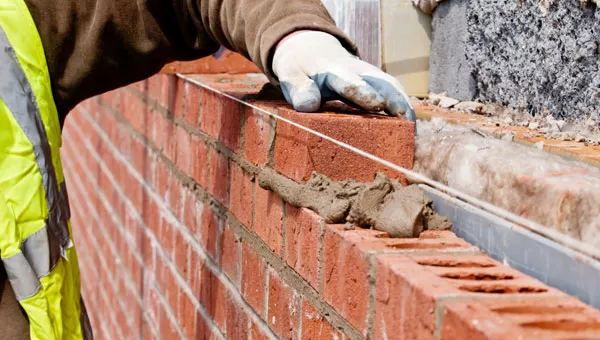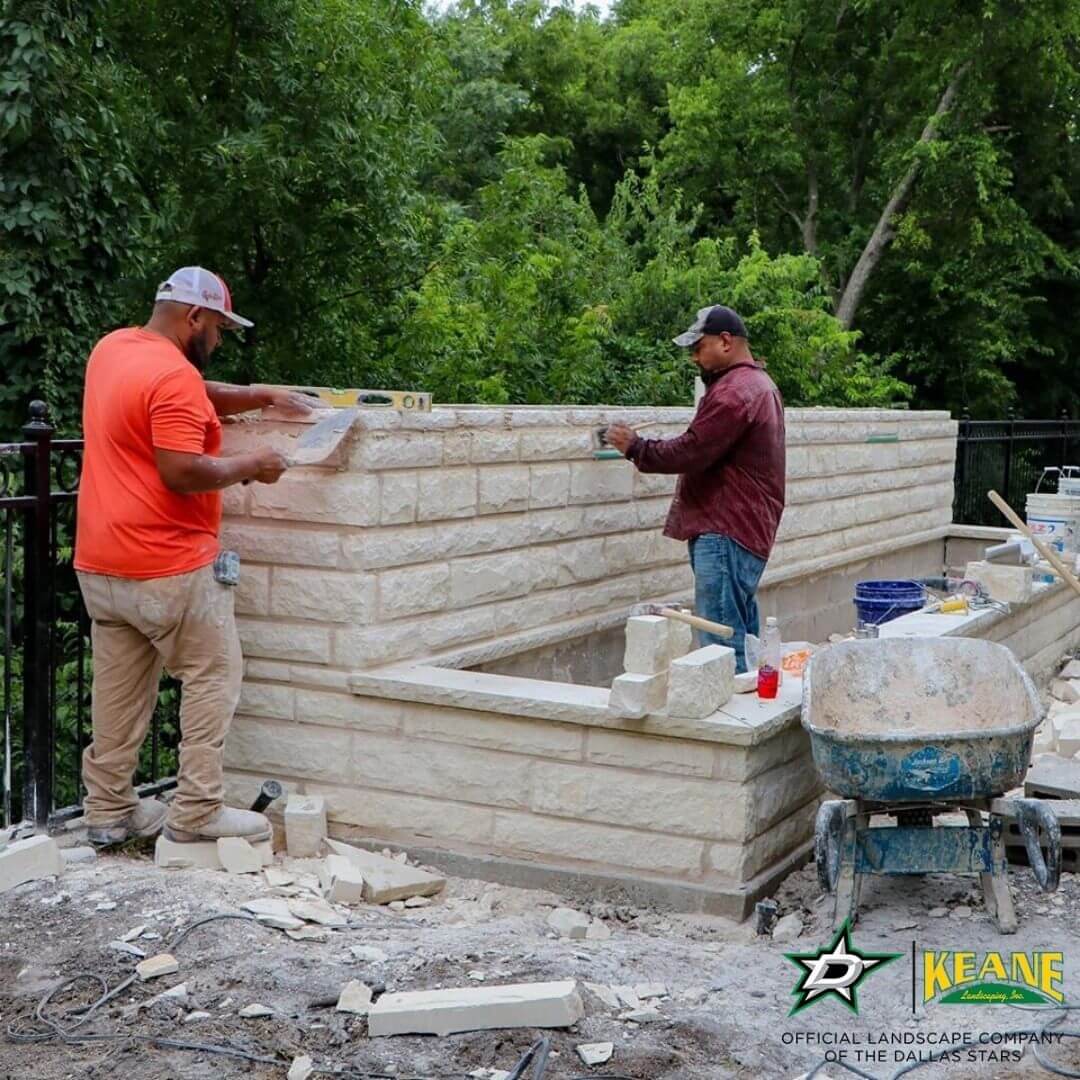Chimney Flashing and Cap Repair: Shield Your Home from Components
Chimney Flashing and Cap Repair: Shield Your Home from Components
Blog Article
Unlocking the Keys of Sustainable Masonry Building And Construction Practices for Eco-Friendly Buildings
Among the myriad methods to green structure, sustainable masonry building and construction stands out as a time-tested and long lasting method that holds a riches of untapped potential. From the choice of materials to innovative building and construction methods, the tricks to achieving sustainability within stonework building and construction are complex and fascinating.
Benefits of Sustainable Masonry Building And Construction
Embracing sustainable stonework building and construction practices not only minimizes environmental effect yet likewise provides long-lasting economic advantages to builders and areas. By utilizing materials like recycled bricks, blocks, and stones, contractors can significantly decrease the carbon impact of their jobs while advertising source efficiency. Additionally, sustainable masonry construction methods, such as proper insulation and thermal mass homes, can boost power effectiveness within structures, resulting in decreased functional costs with time.
Additionally, the toughness and durability of masonry frameworks add to long-lasting financial advantages. Buildings created utilizing sustainable stonework methods often need much less repair and maintenance, translating to cost financial savings for home builders and homeowner. The durability of masonry materials additionally makes certain that frameworks continue to be steady and safe and secure, decreasing the demand for regular restorations or replacements.
Eco-Friendly Stonework Products
Making use of environmentally friendly masonry products is a pivotal step in the direction of improving the sustainability of building practices and minimizing environmental effect while making best use of long-term financial advantages. Lasting masonry products are sourced, created, and used in a manner that reduces overall ecological impact. Sustainable concrete obstructs include recycled accumulations and may include enhanced insulation buildings, adding to energy effectiveness in buildings.
Moreover, all-natural materials like adobe, rammed earth, and straw bundles provide exceptional thermal mass residential or commercial properties, reducing the need for heating and cooling down energy. These products are frequently in your area readily available, advertising local economic climates and lowering transportation-related carbon exhausts. By selecting environmentally friendly stonework materials, building projects can dramatically lower their environmental footprint and contribute to the production of much healthier, much more sustainable built settings.
Energy-Efficient Masonry Methods
Power effectiveness plays a crucial role in boosting the sustainability of stonework building practices. One crucial energy-efficient stonework strategy is the usage of thermal mass, which involves including thick materials like concrete or block right into the structure's framework to absorb and store warmth.

Technologies in Sustainable Stonework
Current advancements in sustainable masonry methods have caused innovative strategies that are improving the building and construction industry. One such development is the development of self-healing concrete, which makes use of germs embedded within the concrete to recover splits autonomously. This advancement not only lowers upkeep costs however likewise boosts the longevity of masonry frameworks, contributing to their sustainability.
One more significant development is making use of recycled aggregates in masonry building and construction - masonry contractor. By including products such as crushed ceramic waste or recycled glass into concrete blends, home builders can lower the environmental influence of building jobs while preserving architectural honesty. This technique not just diverts waste from garbage dumps but additionally saves natural resources, making it a key improvement in sustainable stonework building
Furthermore, the integration of digital layout tools, such as Building Details Modeling (BIM), is changing the way masonry website here structures are prepared and constructed. BIM permits more exact calculations, decreased material wastage, and boosted energy effectiveness, eventually leading to even more lasting structure practices. These innovations collectively indicate an encouraging future for sustainable stonework construction in the period of green structures.
Future Trends in Stonework Sustainability
With the innovative strides made in lasting masonry practices, the future fads in masonry sustainability are positioned to more change the construction industry. One of the vital patterns forming the future of masonry sustainability is the boosted combination of technology. Developments such as Building Details Modeling (BIM) and virtual fact simulations are being made use of to optimize stonework construction procedures, resulting in reduced material waste and improved power performance in buildings.
Moreover, the advancement of novel sustainable materials is readied to play a substantial role in enhancing the eco-friendliness of masonry building and construction. masonry contractor. Innovations like self-healing concrete, recycled aggregates, and bio-based binders are gaining grip for their capability to decrease environmental effect while maintaining structural honesty

Final Thought
To conclude, sustainable masonry construction practices provide numerous advantages for environmentally friendly buildings. By making use of eco-friendly materials and energy-efficient new car sales strategies, masonry can add to a much more sustainable built environment. Advancements in lasting stonework are continuously being developed to better boost the ecological performance of structures. Looking kings automall in the direction of the future, the trend of stonework sustainability is anticipated to expand, leading to even more environmentally friendly and energy-efficient construction practices in the years ahead.
Report this page